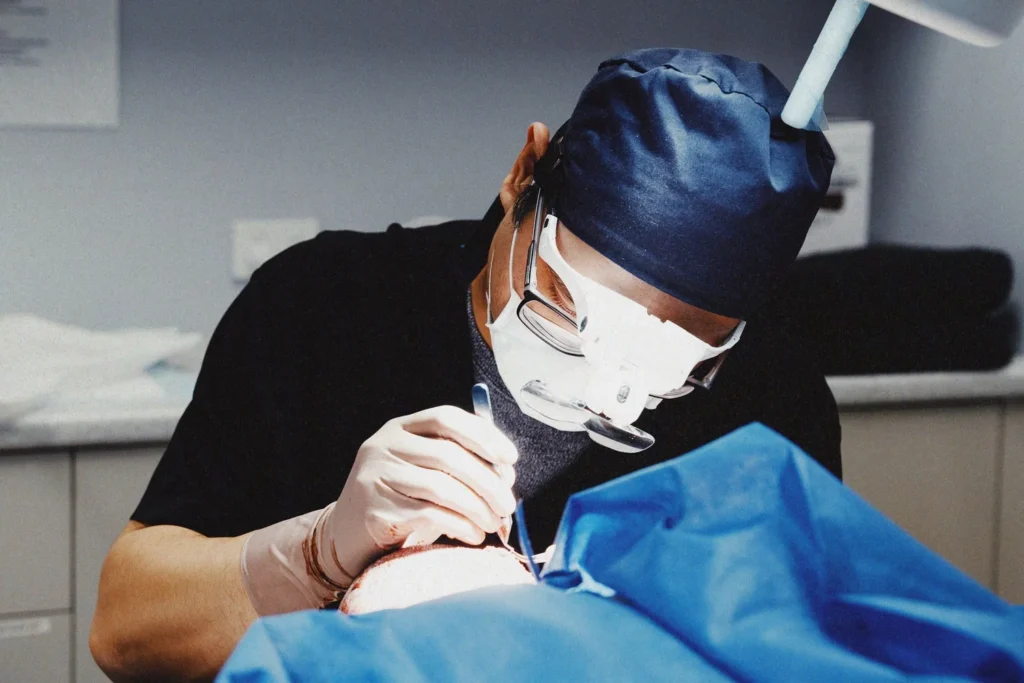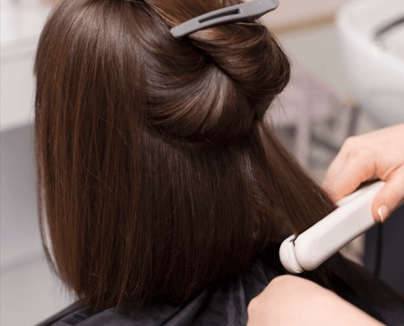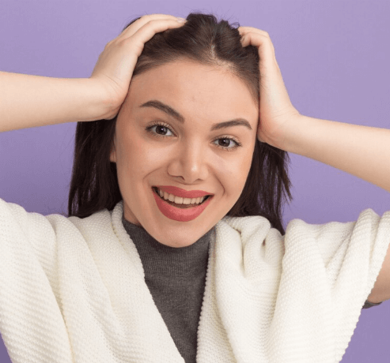Platelet-Rich Plasma (PRP) therapy is a safe, non-surgical option for treating hair thinning and early hair loss. It’s popular among patients in Korean dermatology and hair restoration clinics because of its natural results and minimal downtime.
However, many people wonder:
“Can I dye, bleach, curl, or heat-style my hair after PRP treatment?”
Korean hair specialists take a holistic, scalp-first approach and emphasize scalp health as the foundation of hair regrowth. That’s why timing, product choices, and styling methods matter—especially after PRP.
Below is a detailed guide explaining when and how you can safely return to coloring and styling your hair post-PRP, based on recommendations from top Korean clinics.
🕒 When Can You Color Your Hair After PRP Treatment?
Korean clinics generally recommend waiting at least 7 to 14 days after a PRP session before coloring, bleaching, or using strong chemical products on your scalp or hair.
Why the wait?
- PRP involves microinjections into the scalp, which create tiny wounds.
- Coloring agents (especially bleach or ammonia-based dyes) can irritate the healing scalp.
- Exposure to harsh chemicals too soon can interfere with the platelet activation process and delay follicle stimulation.
🧑⚕️ Korean Doctor Tip:
“The first week after PRP is crucial for cellular repair. Avoid any chemical exposure to protect your results.”
🎨 Hair Dye Options After PRP: What’s Safe?
Korean dermatologists often suggest gentler hair dye alternatives, especially in the first few months after treatment:
- Ammonia-free or low-ammonia dyes
- Henna or herbal-based dyes (check for scalp sensitivity)
- Semi-permanent dyes that are less harsh on hair and follicles
Also, many Korean beauty salons offer scalp-safe dyeing techniques, such as:
- Foil highlights that avoid scalp contact
- Root shading sprays or powders as temporary solutions
💡 Tip: If you must color your hair after PRP, ask for a professional patch test at least 24 hours before dyeing.
💇♀️ Can You Style Hair with Heat Tools After PRP?
Yes, but with care. You can resume gentle heat styling (e.g., blow-drying, curling) about 3–5 days post-treatment, but Korean clinics strongly advise the following:
- Use low heat settings only
- Always apply a heat-protectant spray
- Avoid styling directly on the scalp—focus on mid-lengths and ends
- No tight hairstyles (like ponytails or braids) for the first 7–10 days
🔥 Korean Tip: Excessive heat dries out the scalp and may counteract the benefits of PRP. Let hair air-dry whenever possible during the first week.
🧴 What Hair Products Should You Use After PRP?
Korean clinics often recommend:
- Mild, sulfate-free shampoos with pH balance (look for “두피 전용” – “for scalp use”)
- Scalp serums enriched with panthenol, peptides, or herbal extracts (like ginseng or houttuynia)
- No heavy oils or waxes that can clog follicles
Commonly recommended brands in Korea include:
- Dr. For Hair (닥터포헤어)
- Ryo Scalp Shampoo (려 샴푸)
- Aestura Atobarrier Scalp Toner
🚫 What to Avoid After PRP
For at least 7–14 days after treatment, Korean clinics advise avoiding:
- Bleaching or perming (high chemical exposure)
- Scalp exfoliants or clarifying shampoos
- Hair coloring or root touch-up kits with ammonia
- Scalp tattoos or micropigmentation
- Hot saunas or steam rooms (overheating scalp tissue)
- Excessive brushing, tugging, or harsh detangling
💡 Styling Alternatives Recommended by Korean Clinics
If you want to maintain your look without damaging your scalp, here are Korean dermatologist-approved styling tips:
- Hair fibers or root powders to conceal thinning areas temporarily
- Silk or satin pillowcases to reduce hair breakage while sleeping
- Loose hairstyles to minimize scalp stress
- Scalp massage tools (soft, silicone-tipped) for daily stimulation
🇰🇷 Popular in Korea: Many clinics offer post-PRP scalp spa programs that include light LED therapy, herbal steaming, and detox scalp cleansers to maintain a healthy hair environment.
📝 Final Thoughts
PRP is a powerful regenerative treatment—but to get the best and longest-lasting results, it’s important to protect your scalp after your sessions. Korean clinics emphasize:
✅ Wait 7–14 days before coloring your hair
✅ Avoid harsh chemicals and heat styling immediately after PRP
✅ Use gentle, scalp-nourishing products
✅ When in doubt, consult your doctor or a clinic-approved stylist
By following these guidelines, you can color and style your hair safely—without compromising the benefits of your PRP treatment.




